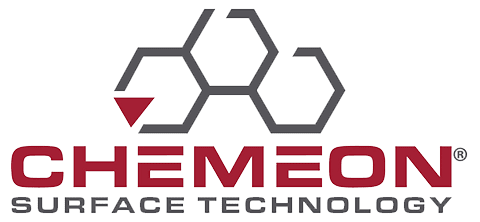Products
With over 120 licensed, patented, and proprietary chemistries, including Type II Hex Free eTCP®, TCP-HF®, pre- and post-treatments, additives, and anodizing dyes, your solution is just a click away.
Conversion Coatings / Chemfilm / Passivation:
CHEMEON’s Type II MIL-DTL-81706B / 5541F trivalent chrome conversion coatings deliver safer, non-carcinogenic corrosion protection and superior adhesion for aluminum and light metals.

